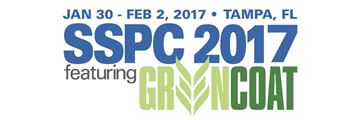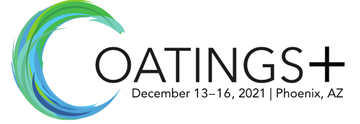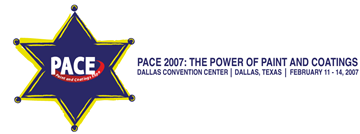Until recently heavy metal-based corrosion inhibitors were widely accepted as the best materials that could provide the corrosion protection needed in coatings. Corrosion inhibitors provide an indispensable function in protective coatings. The performance of a coating under corrosive conditions requires that corrosion inhibitors provide sustainable protection during the coating’s lifetime.
Product Number:
41213-793-SG
Author:
Tony Gichuhi, David Tarjan
Publication Date:
2013
$0.00
$20.00
$20.00
Until recently heavy metal-based corrosion inhibitors were widely accepted as the best materials that could provide the corrosion protection needed in coatings. Corrosion inhibitors provide an indispensable function in protective coatings. The performance of a coating under corrosive conditions requires that corrosion inhibitors provide sustainable protection during the coating’s lifetime. The coating industry however is challenged to be more cognizant of the impact toxic metals have on human health and the environment. In response to a REACH (Registration, Evaluation, Authorization and Restriction of Chemicals) mandate, products now containing zinc, zinc oxide, zinc phosphate (both ortho and dihydrogen), zinc sulfate, zinc chloride require hazardous dead fish and dead tree labeling due to their environmental toxicity. The list of chemicals considered Carcinogenic, Mutagenic or Reproductive (CMR) toxics continues to grow with the inclusion of most chromate and cobalt salts used in coatings. The Occupational Safety and Health Administration (OSHA) estimated that across all industries, approximately one million workers are exposed to hexavalent chromium on a regular basis. Workers are potentially exposed to hexavalent chromium compounds when involved in the production and/or use of chromate pigments, chromium catalysts, chromate paints and coatings, printing inks, plastic colorants, electroplating chemicals, wood preserving chemicals, leather tanning chemicals, textile dyes, and industrial water treatment products. The growing pressure to replace chromium, zinc, barium, and other heavy metals has shifted the coatings pendulum to more eco-friendly alternatives. This paper captures specific technologies reflecting the new paradigm shift based on heavy-metal free inorganic pigments as well as non-toxic organic corrosion inhibitors.




